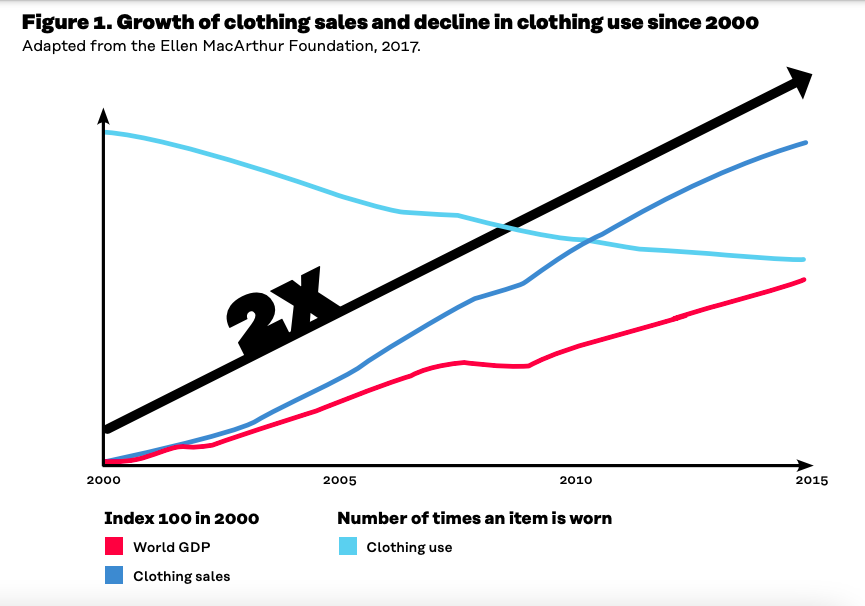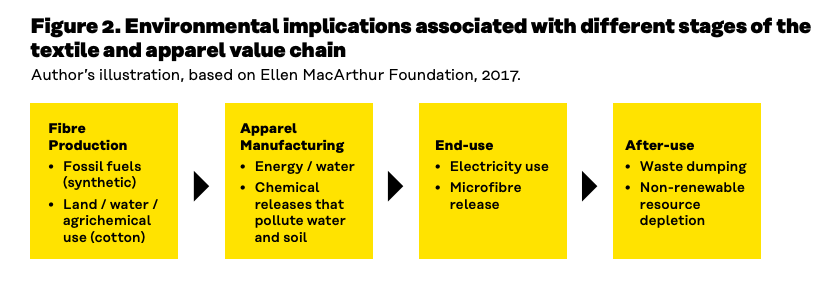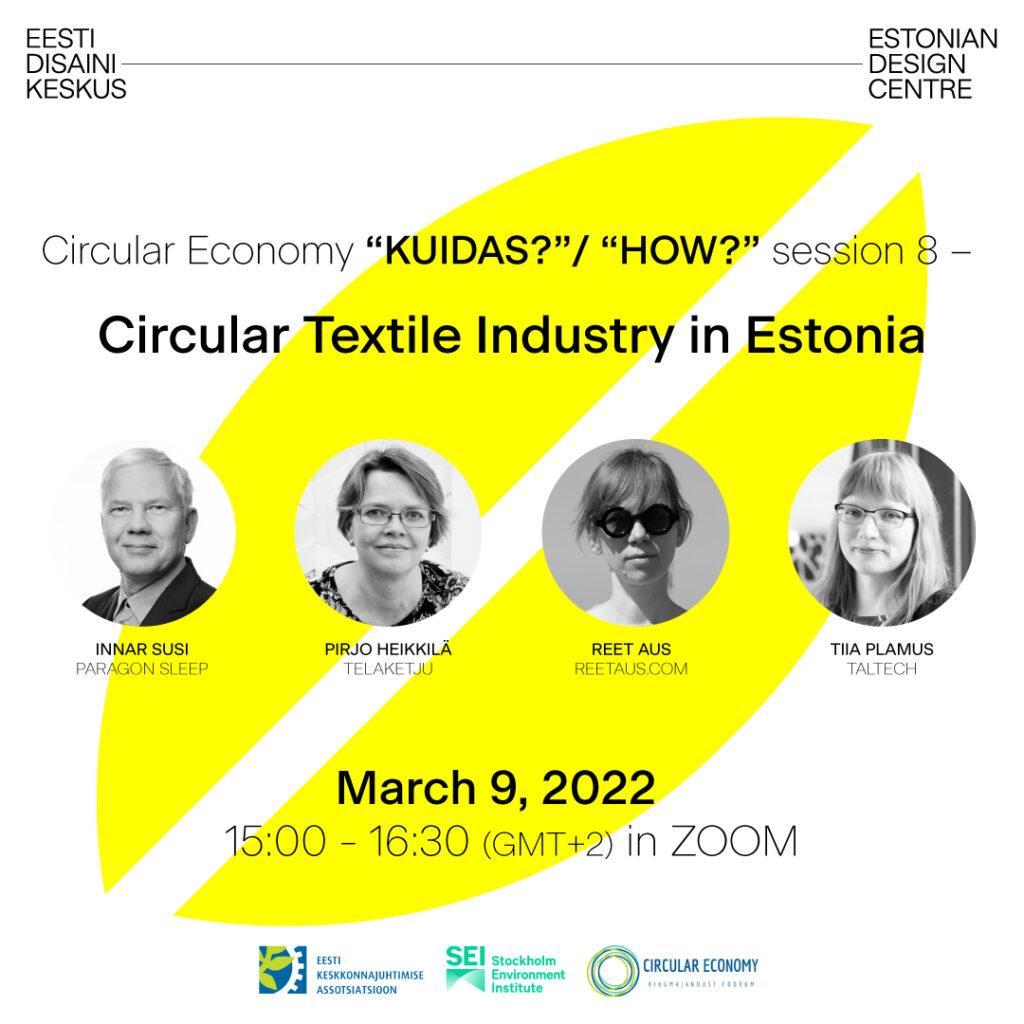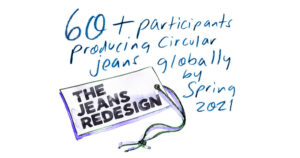Estonian Circular Design in New York City
Discover the Soul of Estonian Design: Tradition Meets the Future in Circularity and Digital Innovation
Discover the Soul of Estonian Design: Tradition Meets the Future in Circularity and Digital Innovation
Nestled in the heart of Northern Europe, Estonia has emerged as a powerhouse in the global design and digital innovation scene. Join us at Upmade in Estonia to learn how the of traditional core of minimalist philosophies of Estonian design became the cutting edge of sustainability and digital innovation.
This exclusive event is taking place for the first time in New York City, with top design leaders from Estonia in attendance who will share and discuss the roots of Estonian Design, its unique aesthetics, and its contemporary successes. You will find out why this tiny country is now recognized as having the “most unicorns per capita in Europe” and “the most start-ups per capita in Europe,” and how it became the world’s first 100% digitally transformed society. You will hear the backstory of the startup culture where products like Skype were born, and how Estonia became the world leader in digital governance, its innovative e-Residency program, and how this is revolutionizing the creative and entrepreneurial landscape.
Woola
Myceen
Reet Aus
HYTI
kelpman textile
johanna ulfsak
Piret Loog
LUKS
LAURASAKS
Cervo Volante
SILE LUIK
K i l l u d
Heiter X
NüüD
Studio Raili Keiv
Elize Hiiop Jewellery
Tarmo Luisk
LUM
Filaret
By Urmas Lüüs
Karlotta
Leonardo Design
Olustvere puidukoda / Mirjam ja Markus Pärnamets
Ideeklaas
Hannah Segerkrantz / Kiukivi
Margit Terasmees
IKIGI
Kärt Summatavet
Riina O
RAIKU Bio Packaging
Andres Ansper
DiMa Estonian Academy of Arts (Sandra Luks, Argo Tamm, Cärol Ott, Reet Aus)
HUUM
JALG
Krista Lehari Jewellery
Kristel Kuslapuu
SJX by Juhan Soomets
Maria Rästa Design
Arro Porcelain
Elmet Treier design
Read more: https://www.facebook.com/events/7407652605984775/?active_tab=discussion

SITRA’s new study: Circular Innovation and Ecodesign in the Textiles Sector
The textiles and apparel industry has a high environmental footprint, and the current production and distribution system is almost completely linear. Fast fashion – speed and volume – has become the norm over the last couple of decades. Moreover, textile production and consumption are expected to triple by 2050. This, in turn, would significantly increase the environmental strains generated by the industry.
Published by The Finnish Innovation Fund Sitra, this study seeks to better understand the opportunities and challenges of an inclusive circular economy transition in the textiles and apparel industry. It takes a deep dive into three developing countries that rely heavily on the EU market for textiles and apparel exports: Bangladesh, Vietnam and Sri Lanka.
Specifically, the study focuses on questions such as:
- What are the implications of the EU’s circular apparel and textiles policy proposals on developing countries exporting textiles and/or apparel products to the EU?
- How can the European Commission’s proposal for the Ecodesign for Sustainable Products (ESPR) be designed so that that it minimises market access implications for developing countries?
- And how can regional trade agreements (RTAs) be leveraged to address circular economy challenges and opportunities in developing countries exporting textiles and/or apparel products to the EU?
The urgency of a circular apparel industry
According to the study, over the past 15 years, apparel sales have almost doubled, reflecting the demand from a growing global middle-class population as well as an increase in per capita sales in advanced economies (Ellen MacArthur Foundation, 2017: 18). As illustrated in Figure 1 below, coupled with the increase in clothing sales is a significant decline in clothing use (UNEP, 2020). This is driven by the “fast fashion” phenomenon, which, through quicker turnarounds of new styles, poorer-quality garments and lower prices, is turning apparel into a single-use commodity. The rapid growth of textiles has largely been enabled by synthetic fibres, produced from oils, which over the past 20 years have grown from under 20% of global fibre production to over 60% of production in 2018 (Textile Exchange, 2018, cited in UNEP, 2020).

Figure 1 / Sitra
The current system of textile and apparel production and distribution is almost entirely linear. Non-renewable resources, such as oil, fertilisers and chemicals, are extracted and manufactured to produce clothes, which, when discarded, tend to end up in landfills or are incinerated. This process puts pressure on natural resources, degrades ecosystems and generates large amounts of pollution and waste.
It is estimated that, when considering the full life cycle of clothing, the textile and apparel industry generates as much as 3.3 billion tonnes annually in CO2 emissions (HoC, 2019). Put in context, this value exceeds the combined emissions of all international flights and maritime shipping annually.

Figure 2 / Sitra
Value chains in the textiles sector are notably international. The EU and other developed countries are major consumers and importers, while a significant part of the large-scale production takes place in developing countries. The EU is the largest importer of clothing worldwide, importing over half its textiles and apparel. 44.9% of all clothing imports to the EU, measured in terms of value, came from developing countries. The successful uptake of new circularity requirements in producer countries will be key to ensuring both global and local environmental benefits as well as opening up valuable new markets and creating jobs. This will not happen by default, however, but requires strategic planning and policy coherence
Key findings
Initiated by Sitra and written by Colette van der Ven, a trade lawyer and sustainability specialist, this study provides analysis and vision for how trade arrangements with the EU could be leveraged to support the transition, offering producer countries – on the example of Bangladesh, Sri Lanka and Vietnam – targeted technical support and investment while minimising the risk of new trade barriers.
Key take-aways include:
- Private vs public sector: Most of the circular textile initiatives in the three countries studied are spearheaded by the private sector, often supported by donor-led initiatives. In each of the three countries studied, voluntary sustainability standards play an important role. This is in part because many companies in the countries studied are foreign owned, with brands pushing for their operations to become more environmentally sustainable. There is, however, a notable absence of government involvement in establishing textile waste-recycling incentives. For effective post-industrial waste management, it would be important for governments to establish adequate regulatory frameworks. Failure to do so would, in a best-case scenario, lead to a bifurcation where foreign-owned companies supplying the export market would adopt circularity principles, while factories supplying the domestic or regional market would continue to engage in linear, and environmentally harmful, practices
- Another observation is that circular economy initiatives adopted in the countries studied seek to reduce the environmental footprint of the product. They do not, however, focus on making the product itself more circular, through enhancing reusability and recyclability in the way the product is designed. This is important for three key reasons: a) most of the added value will take place in upstream design activities – not waste-management activities; b) 80% of the environmental impacts of a product are determined at the design phase; and c) because the ESPR focuses on the circular characteristics of the product itself, not the production process.
Download the study “Circular Innovation and Ecodesign in the Textiles Sector” here.
//
News source & images: Sitra.fi

Circular Economy “Kuidas?”/”How”? session 8: Circular Textile Industry in Estonia
The ‘‘Circular Economy KUIDAS?/HOW?‘‘ webinar session 8 was held on March 9 at 3.00-4.30 PM (GMT +2), where we discussed the possibility of a circular textile industry in Estonia. We listened to Finnish (Telaketju) and Estonian (TalTech) experience in research and development of circularity in textiles, and heard about circular technical textile production on the example of Paragon Sleep.
Watch the recording of the event here.
//
Date: March 9, 2022
Time: 15:00-16:30 (GMT +2)
Speakers: Pirjo Heikkilä (Telaketju), Tiia Plamus (TalTech), Innar Susi (Paragon Sleep), Reet Aus (reetaus.com)
Moderator: Reet Aus
Language: English
Location: ZOOM
Participation: Free but pre-registration required
To whom: Designers and circular economy & sustainability experts, company representatives, product developers and others interested
SCHEDULE
15:00 – 15:05 Introduction – Reet Aus
15:05 – 15:25 Telaketju collaboration network and textile circular economy research in Finland – Pirjo Heikkilä, VTT
15:25 – 15:45 Circularity in the textile field, reuse and recycling of textile waste – study and research activities in Tallinn University of Technology – Tiia Plamus, TalTech
15:45 – 16:05 Recycling of textile waste and practical use in production – opportunities and challenges – Innar Susi, Paragon Sleep
16:05 – 16:30 Discussion
Read more about the speakers HERE
The event is organised by Estonian Design Centre in cooperation with Estonian Association for Environmental Management (EKJA).


The Jeans Redesign updated guidelines now published
The Jeans Redesign guidelines encourage leading brands, mills, and manufacturers to transform the way jeans are made. Based on the principles of a circular economy, they’re a blueprint for collective action to scale circular practices. To take part in the project, participants must specify how their jeans or fabric meet The Jeans Redesign Guidelines, and how they intend to accelerate progress against the Guidelines beyond the minimum requirements set out.
In February 2019, Ellen MacArthur Foundation’s Make Fashion Circular brought together a group of industry experts in an intensive workshop, to collaboratively test and further develop a common vision of what good looks like for jeans. The result of this work is a set of Guidelines, co-developed with representatives from brands, manufacturers, fabric mills, collectors, recyclers, and academics, that define a starting point for the industry to design and produce jeans in accordance with the principles of a circular economy.
The first version of The Jeans Redesign Guidelines – published in July 2019 – was based on four areas: durability, material health, recyclability, and traceability and saw over 70 organisations create jeans in line with the principles of a circular economy.
The second version of the Guidelines has been aligned with the three focus areas of the vision of a circular economy for fashion, published in 2020 by the Ellen MacArthur Foundation with input from leading organisations across the fashion industry. Based on the three focus areas, jeans are designed to be used more, made to be made again, and made from safe and recycled or renewable inputs.
They’re a ‘minimum bar’, designed to be regularly reviewed and updated to ensure they continue to drive the industry forward. The first redesigned jeans using the guidelines were completed in June 2021, demonstrating that it is possible to create circular jeans today.
The Guidelines were updated in 2021, and all participants should now be working towards these. The Jeans Redesign – Insights from the first two years, reveals the barriers, solutions and innovation gaps faced by participants between March 2019 and June 2021.
Creating solutions for a world where clothes are kept in use
For decades, jeans have been at the heart of countless fashion collections. However, they’re no exception to the fashion industry’s take-make-waste approach. Making jeans requires large amounts of resources, such as pesticides, water, and energy, and the way they’re designed and constructed makes jeans difficult to remake and recycle after use.
Redesigning this iconic fashion staple is the perfect starting point on the journey towards a circular economy for fashion.

Download The Jeans Redesign Guidelines
Download The Jeans Redesign Report 2019-2021
//
Article source: ellenmacarthurfoundation.org



